Suchergebnisse für "Factsheet: Energietechnologien gestalten, die für alle sinnvoll und nutzbar sind"
Lab Tests: Verifying that Smart Grid Power Converters are Truly Smart

Herausgeber: IEEE - Power and Energy Magazine (Vol. 13, Issue: 2/2015)
Englisch, 42 Seiten
Health and Safety Aspects of Solid Biomass Storage, Transportation and Feeding

Englisch, 100 Seiten
Analysis of Long-Term Performance of PV Systems
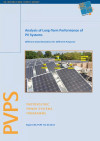
IEA-PVPS Task 13, May 2014
Herausgeber: IEA Photovoltaik Power Systems Programme
Englisch, 60 Seiten
Downloads zur Publikation
Prefabricated Systems for Low Energy Renovation of Residential Buildings
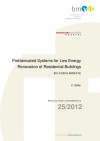
IEA: ECBCS-ANNEX 50
Schriftenreihe
25/2012
K. Höfler
Herausgeber: BMVIT
Englisch, 76 Seiten
Downloads zur Publikation
Integrated energy systems
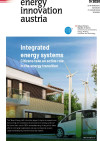
Citizens take an active role in the energy transition
energy innovation austria
3/2020
Herausgeber: BMK in cooperation with the Climate and Energy Fund
Englisch, 12 Seiten
Downloads zur Publikation
IEA Bioenergy Webinar Series: Decision Support Tools for Bioeconomy Transformation Strategies
17. October 2018, 4:00 pm - 5:00 pm Central European Summer Time, 10:00 am - 11:00 am Eastern Daylight Time, 2:00 p.m - 3:00 pm Greenwich Mean Time
Introduction of Natural Resources Canada I-BIOREF Software Platform
National Energy Efficiency Conference 2016
15. – 16. November 2016
Sydney, Australia
Australia’s leading event for anyone with an interest in energy efficiency
The website energytech.at has been discontinued
Most relevant parts have been integrated into the website Nachhaltig Wirtschaften.
Building With Renewable Raw Materials

Indigenous Renewable Raw Materials for the "Building of Tomorrow"
4/2002
Herausgeber: BMVIT
Englisch, 6 Seiten
Downloads zur Publikation
Modellsysteme weisen den Weg in unsere Energiezukunft
Konzepte zur vollständigen Versorgung einzelner Gebiete mit erneuerbaren Energieträgern
Workshop: Energieregionen der Zukunft - Nukleus der Energieinnovation
Veranstaltet im Rahmen des Strategieprozesses e2050.
DG DemoNetz - Konzept
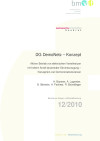
Aktiver Betrieb von elektrischen Verteilnetzen mit hohem Anteil dezentraler Stromerzeugung - Konzeption von Demonstrationsnetzen
Schriftenreihe
12/2010
H. Brunner, A. Lugmaier, B. Bletterie, H. Fechner, R. Bründlinger
Herausgeber: BMVIT
Deutsch, 198 Seiten
Downloads zur Publikation
IEA - Advanced Fuel Cells: Österreichische Beteiligung am Implementing Agreement on Advanced Fuel Cells
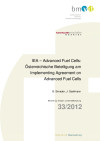
Schriftenreihe
33/2012
G. Simader, J. Gsellmann
Herausgeber: BMVIT
Deutsch, 68 Seiten
Downloads zur Publikation
IEA Bioenergy Task 33: Newsletter Vol. 3/2014

Thermische Biomassevergasung
Herausgeber: BMVIT
Deutsch, 5 Seiten
Downloads zur Publikation
IEA Bioenergy Task 33: Newsletter Vol. 2/2014

Thermische Biomassevergasung
Herausgeber: BMVIT
Deutsch, 3 Seiten
Downloads zur Publikation
IEA Bioenergy Task 39 Business Meeting Australien
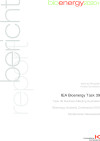
Bioenergy Australia Conference 2010Studienreise Neuseeland
Manfred Wörgetter, Andrea Sonnleitner
Herausgeber: BMVIT
Deutsch, 60 Seiten
Downloads zur Publikation
IEA Bioenergy Task 33: Newsletter Vol. 2/2015

Thermische Biomassevergasung
Herausgeber: BMVIT
Deutsch, 7 Seiten
Downloads zur Publikation
IEA Hybrid and Electric Vehicles - Annual Report 2012

The electric drive gains traction
Herausgeber: IEA - International Energy Agency
Deutsch, 234 Seiten
